IT'S A BUG'S LIFE
Even though their ickyness sends shivers through the spines of many a person, bugs are fascinating creatures...honest! Insects, spiders, and other creepy crawlies make up most of the animal life on earth.
Insects have been around for something like 350 million years. Many years before humans showed their faces. Humans appeared about 130,000 years ago.
With bugs being such a massive part of our world, you might as well learn more about them, and you never know, you might even grow to like them?
Alright, so you do not want to make friends with bugs. But you still might like to invite them to dinner – that is, if you are an adventurous eater! No being serious, there is a wealth of information at the click of a link here on NatureWatch. The BBC's Springwatch, and AutumnWatch sites are fantastic, as are the others, so get that mouse clicking and start learning.
You do not have to like insects to appreciate them. But now that you can see how interesting and beautiful they can be, you may not be so quick to squish the next bug you see. Instead, get that camera out and send us a photograph.
Send in your photographs of birds and butterflies too. In-fact, send in your pictures of all things to do with nature. Whatever it is, let us have it. We LOVE it!

A distinctive black, white and red bird. It’s Britain’s most widespread woodpecker – and can be encountered wherever there are trees.
It can be a regular visitor to gardens to feed on peanuts and fat. Most of its food is obtained by pecking at dead and decaying wood to extract insects and larvae, and crevices and decayed spots are attacked with rapid blows of the beak.
The Great Spotted Woodpecker also uses drumming in territorial displays – and is the most evocative early morning woodland sound in the spring.
Both male and female produce the sound by striking a series of rapid blows at dead tree trunks/branches. Each drum consists of about 16 blows delivered in less than a second.
A new nest cavity is usually excavated each year. Dead birch stumps and oaks are preferred – and this activity can take the birds one or two weeks – depending on the hardness of the chosen tree.
Between three and seven eggs are laid. The nest is always kept clean by adults removing chicks’ droppings.
Adults and immature birds both have bright red under tail feathers. But only the male has the brilliant red patch on its nape.
On fledging, immature birds have red on the top of their head. This disappears after moulting in autumn.






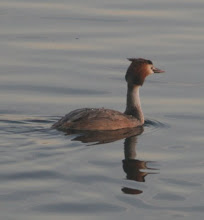
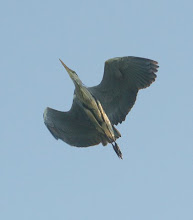
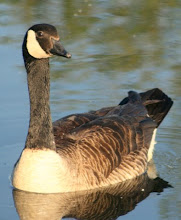
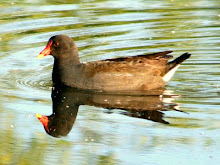
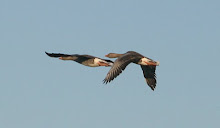
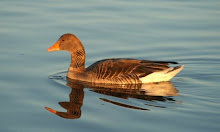
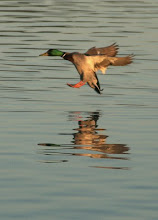
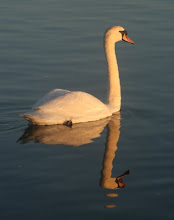
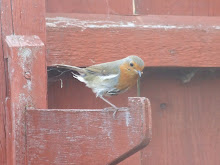
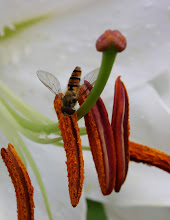
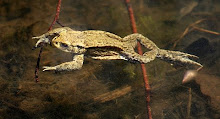


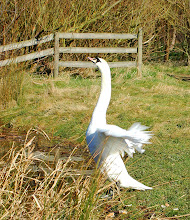

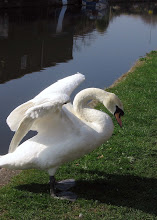
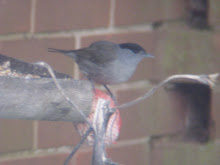
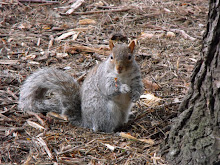
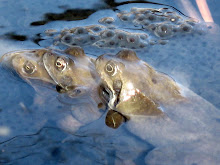
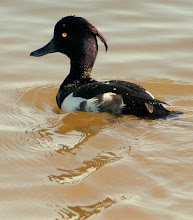
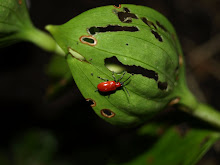
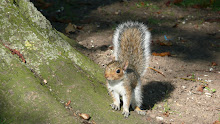
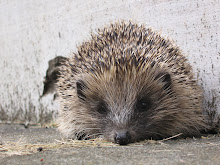
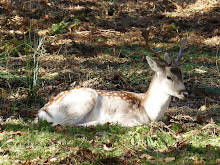
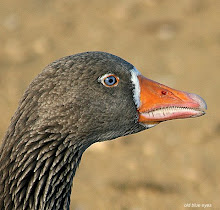
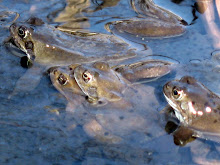
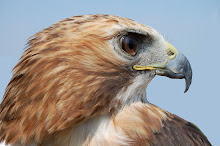
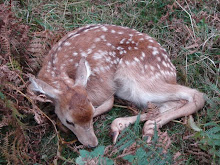
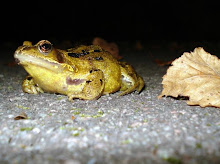
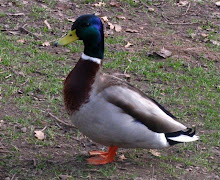
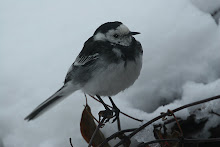
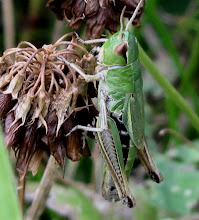
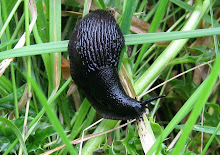
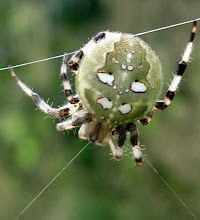
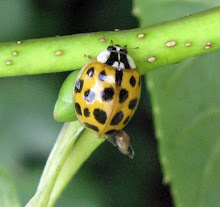
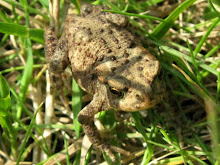
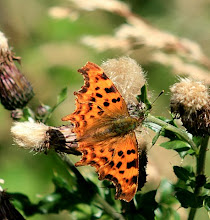
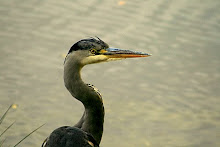

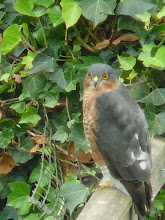
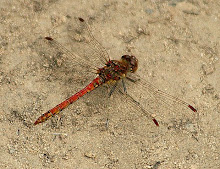









No comments:
Post a Comment